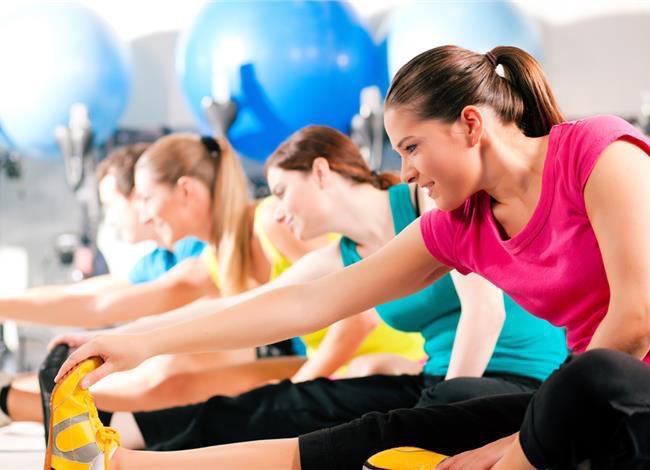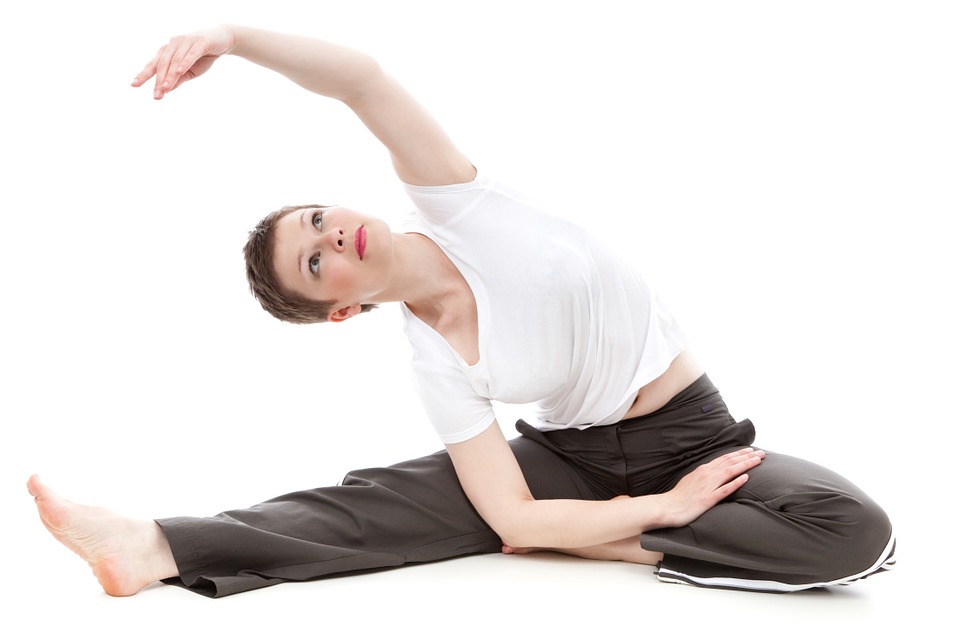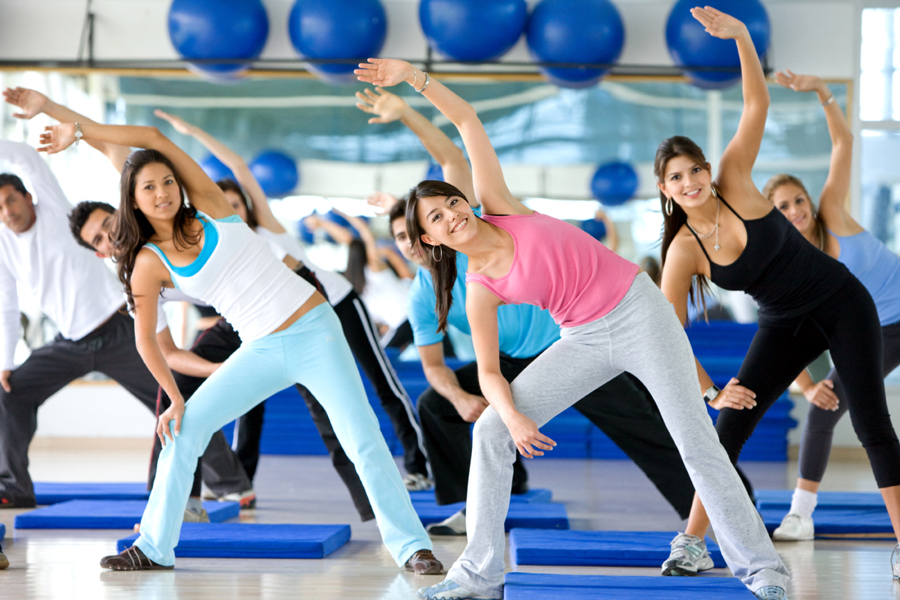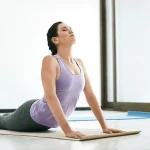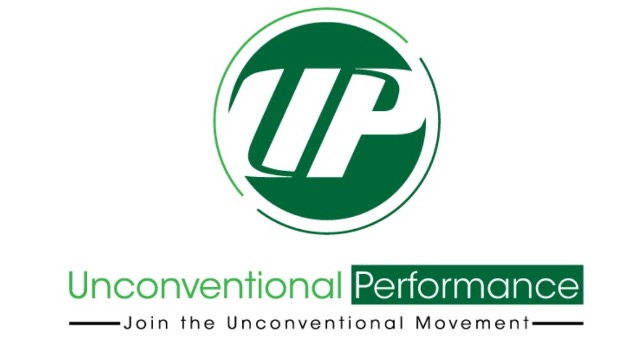Created by Joseph Pilates, a German national; Pilates involves series of exercises that aims to strengthen your muscles, improve your posture, flexibility and also increase your mental awareness. In early 19 century, Joseph Pilates saw that many athletes and dancers careers were cut short because of injuries. He came up with this program to help them recover from injuries that was threatening their career. Almost a century later Pilates exercises have become very popular in the modern world. Many people prefer using this exercise because they are simple and effective. So, what is Pilates? What does it entail? And what are its benefits? In this article we are going to focus on Pilates in depth to help you what it is all about.
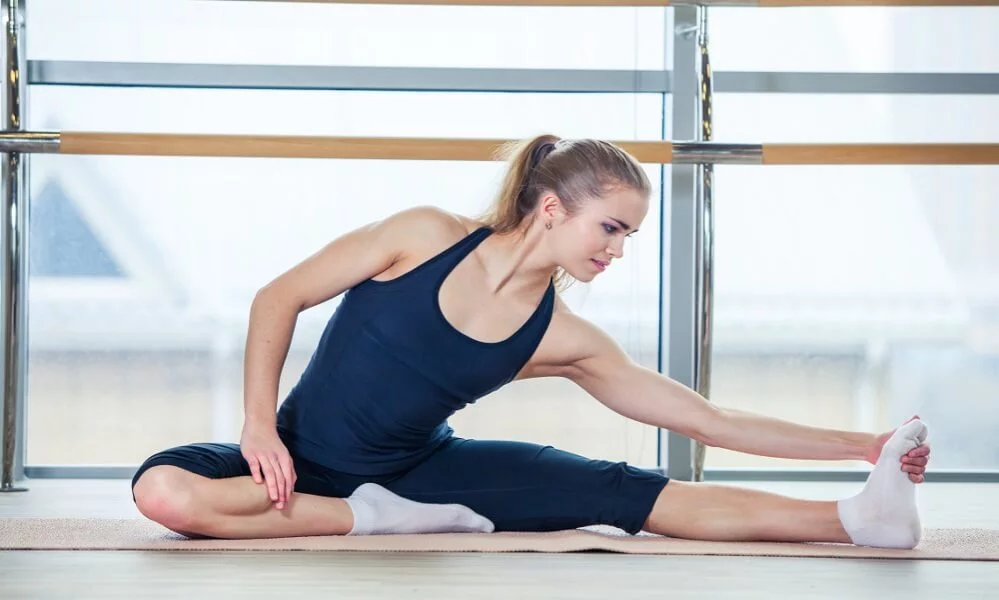
What is Pilates and how does it work?
Pilates is a series of exercises that uses special apparatus to improve strength posture, flexibility and mental awareness. It also helps to prevent you from getting injuries. According to Joseph Pilates, the core is actually the backbone of all muscles in your body. He went ahead to say that if you have a weak core, then your all muscles in your body will be weak. As a result, Pilates exercises are more inclined to core strengthening. When the core muscles are strong and doing their job as they are supposed to, they will work in tandem with other superficial muscles to support spine and movement thus improving your body’s strength. Therefore, Pilates works by strengthening the core muscles (the pelvic floor and the abdomen) in order to give you strong muscle, increase endurance as well as make you more flexible.
Who can benefit from Pilates?
Pilates is suitable to people of all ages. It involves a series of exercises that are simple but effective. It is therefore suitable for people of all ages. However this program is more beneficial to dancers and athletes who want to build strength as well as learn skills that will help them avoid getting injuries. It is also recommended to people who have back pain, those who want to enhance their mind body connection as well as women from rebound pregnancy.
Type of Pilates
-
Classical Pilates
Just as its name suggest classical Pilates follows all the guidelines that were put in place by the creator Joseph Pilates. All movements that were put in place by the founder are persevered. It is actually more prescriptive when compared with other types of Pilates and most of its moves are usually performed in unvarying order.
-
Contemporary Pilates
Contemporary Pilates is also referred to as modern Pilates because most of its moves have been adjusted to suit the modern demand. Although it is still based on the original work of the founder, significant changes have been made to suit the demand of the modern world. It incorporates use of movements that have been scientifically researched and proven to suits the demands of the modern world. It also uses modern equipment that is advanced and gives a more accurate result. The main reason why contemporary Pilates evolved is because experts found out that the challenges that people face nowadays are not the same as it was many years ago. As a result they found it necessary to incorporate some moves and use of equipment that will be able to solve the challenges that people face today but they also ensured that the new moves will not make the program lose its meaning.
-
Clinical Pilates
Clinical Pilates follow the use of moves that have been scientifically proven to work. As opposed to classical and contemporary Pilates that is conducted by a Pilates instructor, clinical Pilates is usually conducted by a trained physiotherapist. This type of Pilates is usually recommended to people who have long term medical condition as well as those who are recovering from injuries. Clinical Pilates is more inclined in using medial approaches that have been proven scientifically to work. When you enroll to clinical Pilates class, a trained physiotherapist will first check your medical history to know if you have any medical condition. He will then come up with a customized training program to suit your individual needs.
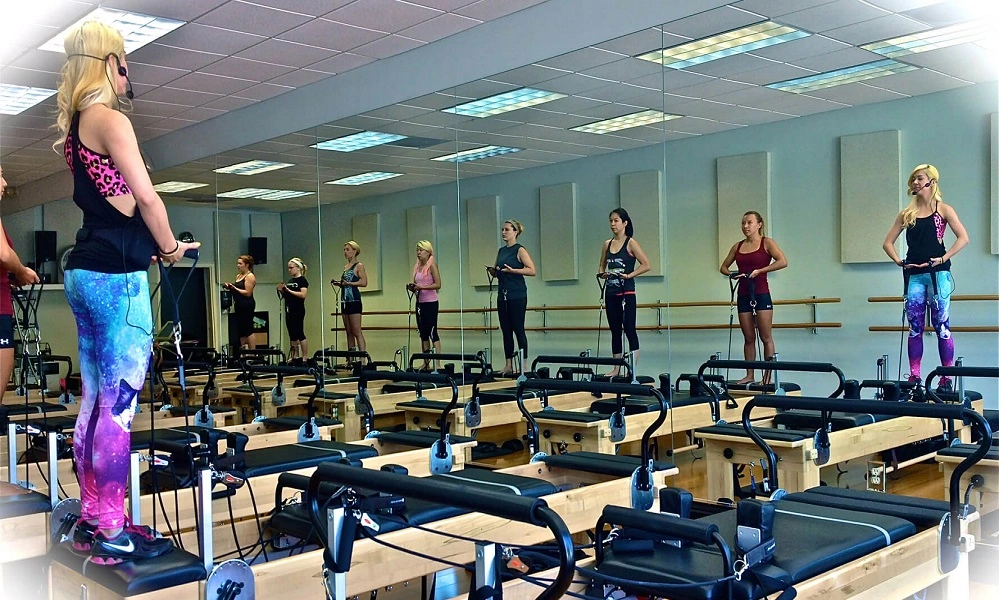
Benefits of Pilates
- It helps to strengthen your muscles without making you bulk
- It improves your posture
- It enhances mental awareness
- It makes you flexible
- It helps prevent you from injuries
- it helps to repair damages muscles
You can check out other available information out there to better understand “what is Pilates” and how it can be beneficial to your health and well-being.

Karen is a health blog author who has been writing about healthy living since 2013. She started her journey by adopting a vegan diet and eating only organic foods, but the more she learned, the more she realized that we should all be eating plant-based diets exclusively. As an expert in nutrition and wellness, Karen blogs to educate readers on how they can live happier and healthier lives through food choices!


